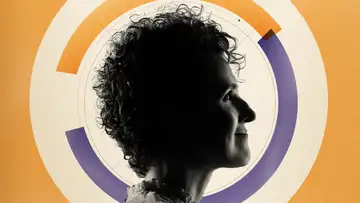Militarized PolicingTop of Mind with Julie Rose • Season 1, Episode 72, Segment 1
May 28, 2015 • 21m
Guest: Peter Kraska, Ph. D., Professor of the School of Justice Studies at Eastern Kentucky University
Law enforcement is Top of Mind today. As part of an effort to re-establish trust between police and civilians in communities across the country, the Obama Administration recently announced that local departments will be banned from acquiring some types of military-style equipment from the federal government. Federal grant money can’t be spent on the equipment either. The list includes: grenade launchers, tracked armored vehicles, armed aircraft, bayonets, and guns and ammunition of .50 caliber or higher.
And if you’re like many Americans, you may be wondering, “Why on earth does the police department in my city even need a grenade launcher or a tank?”
Pete Kraska has spent years documenting a shift toward military gear and tactics in US law enforcement and he joined us to speak about it.
“Our research also found that a lot of these teams formed in an ad-hoc way,” says Kraska—not the highly-trained, disciplined units we think of. “We absolutely need SWAT teams, but does every jurisdiction need one?”